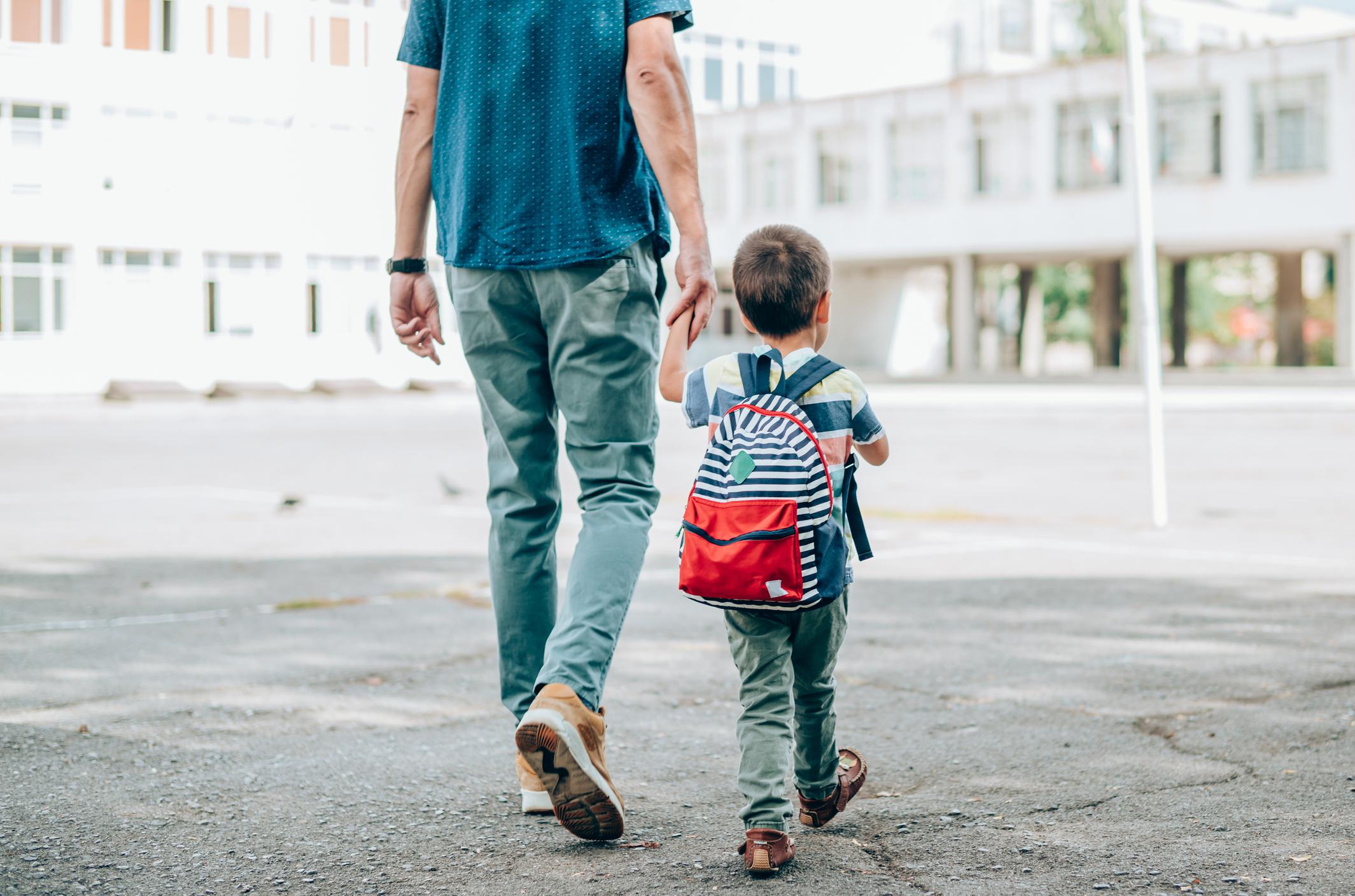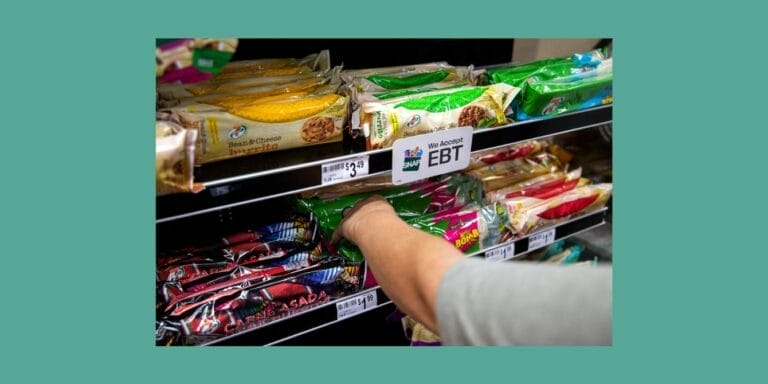New CDC guidelines push for school reopenings this fall

But many school districts disagree.
Parents are scrambling to plan for the upcoming school year as a patchwork of imperfect and often contradictory school re-entry plans are being rolled out by districts across the nation.
On Friday, federal officials once again stressed the need for children to get back into the classroom, following the release of a new Centers for Disease Control report calling for reopening and stressing how COVID-19 “death rates among school-aged children are much lower than among adults.” The package contradicts an earlier internal CDC document, which argued against reopening schools.
This come as, according to Education Week’s reopening tracker, 9 of the 15 largest school districts in the country are still choosing distance learning over reopening classrooms, meaning 2 million students will be going back to school at home, against the wishes of the President and without funding for remote education in place.
Senate lawmakers are still debating a plan to invest $105 billion in education with $70 billion earmarked for K-12 education—with at least half of that $70 billion being contingent on schools reopening physical classrooms—as both President Trump and Education Secretary Betsy DeVos have stated schools should be denied access to financial resources if they continue with distance learning.
This week, President Trump stated that, “If schools do not reopen, the funding should go to parents to send their children to the public, private, charter, religious or home school,” and that, “All families should be empowered to make the decision that is right for their circumstance.”
Certainly, all families should be empowered to make the best decision for their kids, but public education advocates are critical of these reopening plans and suggest that further erosion of public school funding would actually result in fewer choices for lower-income families, and exacerbates systemic racism by giving BIPOC children fewer opportunities for a safe education and more opportunities to catch COVID-19.
They worry that as wealthy parents move to private schools and tutors the inequity inherent in the U.S., the public school system will only get worse. When it comes to accessing private education options, many parents do not have that choice.
Some Republican Senators believe they have a solution to that. Tennessee’s Sen. Lamar Alexander and South Carolina Sen. Tim Scott recently introduced the School Choice Now Act, which aims to provide emergency federal funding for state-approved scholarship-granting organizations to allow lower-income families more access to private schools.
“All parents, regardless of income or circumstance, should be able to decide which school best meets their child’s needs, whether that school is public or private,” Alexander said in a statement to media this week. “The School Choice Now Act provides scholarships to students to have the opportunity to return to the private school they attended before the pandemic— and gives other students a new opportunity to attend private school.”
President Trump recently said, “school choice is the civil rights statement of the year, of the decade and probably beyond because all children have to have access to quality education.”
But even if the School Choice Now Act passes, there are still gaps in the plan, and in President Trump’s off-the-cuff statement about redirecting money to parents.
Even if funding was redistributed from schools to parents, not all schools are opening. As the New York Times reports, even the private school the President’s son Barron attends, St. Andrew’s Episcopal School, does not plan to fully open and will either start the year with a hybrid model or do full distance learning again.
Where school funding goes remains to be seen as the Senate is still finalizing plans, but polls suggest that while the President says he would feel confident sending his son and grandkids back to school, the majority of American parents don’t feel the same way.
According to new poll by the Kaiser Family Foundation, 60% of parents would prefer schools wait until it is safer to reopen, and parents of color (76%) are even more likely than white parents (51%) to prefer to wait for reopening. Parents are divided politically on this issue, with 87% of Democrats and 59% of independents wanting schools open later and 60% of Republican parents wanting schools to open on time.


































